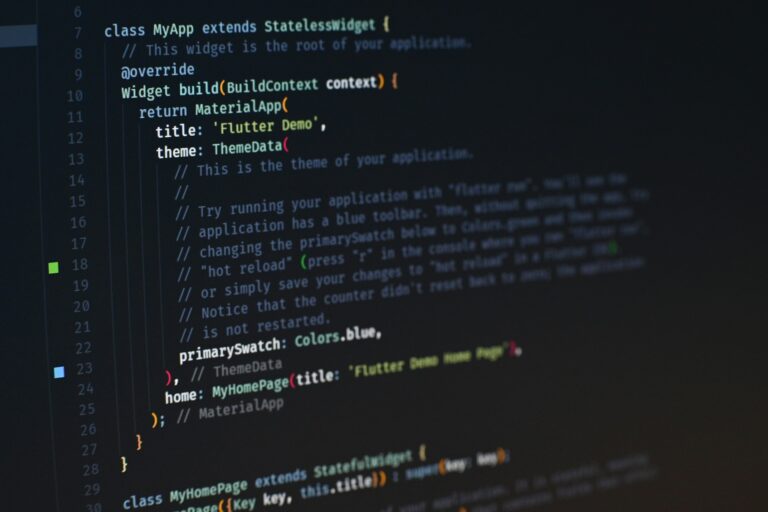There are several well-developed methods available for use in designing a cost effective as well as an efficient plant layout. There are even several software packages designed to assist in the layout design. Each of the layout concepts offers both positive and negative parameter results. Here are four (4) types we will talk about (there are a vast number of other methods).
On site
On-site production is used when the assembly procedure requires many assembly operations. This type is typically used when the products are small and assembly is performed on workbenches or tables. Sometimes, due to the finished size or weight of the product, the assembly operation is performed at the location of the final installation or transport location.
Job Shop
Extensive use of this method is not used much these days because it causes cost increases and production delays. They are typically used for small batches and/or prototyping.
Flow
This type is much more common than the first two (2) types listed. A production line is created that accomplishes assembly procedures on an assembly or component that will be assembled in another line combining multiple sub-assemblies.
Production Cell
This is a concept similar to a multitasking unit. Each cell is capable of producing a wide array of components that have similar characteristics, and in some cases are even shared across multiple products. The necessary equipment, machinery, and other common resources are readily available within each cell. Each team member of any given cell, are all equally qualified on all the process and methods within their prospective cell.
Advantages of the Cellular Production method include:
- Short lead times
- Lower storage costs
- Production process is more transparent and better organized
Team members are more involved and dedicated
Disadvantages of the Cellular Production method include:
- Team members are ”Generalist” types
- Each team member must be highly qualified
- Machine utilizations are lower than in a workshop environment
There are several software packages available to guide in optimizing plant layouts.
To name a few:
- CORELAP
- ALDEP
The first two (2) are construction type algorithms.
CRAFT
Where this program is an improvement algorithm.
These programs optimize production flows whether implementing a new setup or modifying an existing setup. Software programs use a basic numeric grading matrix to establish a baseline of operational production flow. Once the metrics are evaluated and the resultant changes applied to the plant layout, the program is run again using newly obtained data.
The common themes here are to evaluate each position within the production line with respect to a number of factors
- Task skill level
- Quantify the number of tasks that are repetitive
- Time required to perform task(s)
- Task difficulty, both the physical and mental
- Task efficiency
- Quantification of time devoted and efficiency of transferring products from one work station to another
These are just a few, however, upon completion of the evaluation, the second step is to assign a cost factor to each of these results. The use of a matrix method can reveal where the bottlenecks are occurring as well as what the cost of those inefficiencies is.
Conclusion:
There have been a lot of studies to define and quantify the parameters of productivity. The fact is, the layout of a plant can have a significant impact on the overall profitability of a production facility.
If you’d like to increase the productivity of your manufacturing facility, contact us and we will do our best to help you.


